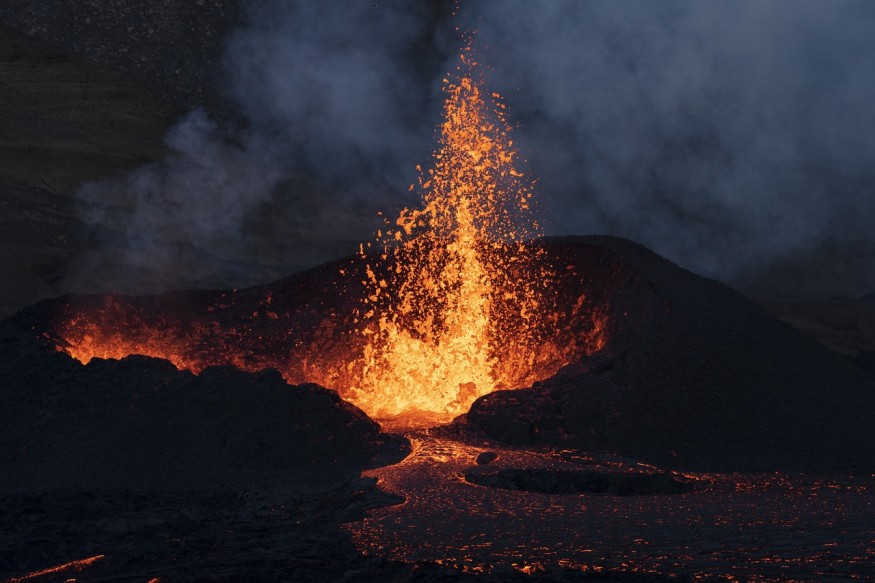Popocatepetl volcano has showed new signs of increased volcanic activity, spewing smoke and ash into the air. The renewed threat from Mexico's most dangerous active volcano forced local authorities to warn millions of Mexicans to prepare for evacuations, according to reports earlier this week.
This means residents near the volcano will be asked to flee their homes in the coming hours and days.
The new volcanic activity started last week when Popocatepetl erupted and emitted ash clouds, threatening 22 million people and forcing school closures in 11 towns, a story covered by Nature World News. In the latest update, reports said the continued volcano threat has caused widespread disruption to travel and further puts inhabitants of nearby villages and towns at risk.
Increased Volcanic Activity

Local officials have warned millions of people in Mexico to prepare for a potential evacuation following the increased volcanic activity from Popocatepetl volcano, which has been emitting hazardous ash into multiple nearby towns since last week, CNN reported.
The said activity has delayed flights in Mexico City and forced officials to close schools in dozens of municipalities across the region.
On Sunday, May 21, the country's National Civil Protection Coordination elevated its volcanic threat level to "yellow phase 3," which requires some 3 million Mexicans who live adjacent to the volcano to remain vigilant and be on standby for a possible evacuation order.
Popocatepetl Volcano
Popocatepetl, an active stratovolcano, is situated in central Mexico. In particular, it borders the states of Morelos, and Puebla. It also lies in the eastern part of the Trans-Mexican volcanic belt.
In terms of danger level, Popocatepetl is Mexico's second most active volcano but ranks the highest when it comes to explosive activity and population threat in Mexico and North America. There are approximately 30 million people living within a 70-kilometer radius from its 5,452-meter summit, according to the Natural History Museum.
1994 Popocatepetl Eruption
Prior to the 21st century eruptions, the stratovolcano erupted in December 1994 and caused evacuations after almost approximately 70 years of being inactive. Succeeding eruptions occurred in 1996 and 1997, according to the Wall Street Journal.
The United States Geological Survey (USGS) called the volcanic event as Popocatepetl's "first ash emissions" in 70 years following a year of increased seismic activity and sulfur-dioxide emissions. During the 1994 eruption, 19 towns northeast of the volcano were immediately evacuated by authorities.
In April 1996, a massive and explosive eruption of Popocatepetl killed five climbers who ignored warnings to avoid going to the volcanic mountain, according to the USGS. In June 1997, ash emissions were reported at the volcano for several hours, prompting the Mexico City airport to close for 12 hours.
Mexico in Pacific Ring of Fire
Mexico is located within the boundaries of the 'Pacific Ring of Fire,' a region in the Pacific Ocean where volcanic eruptions and earthquakes are common due to increased seismic activity and active movements of tectonic plates.
Also called the Circum-Pacific Belt, the Central American nation is in its eastern rim, making the western part of Mexico susceptible to recurring or almost daily tremors.
© 2025 NatureWorldNews.com All rights reserved. Do not reproduce without permission.





